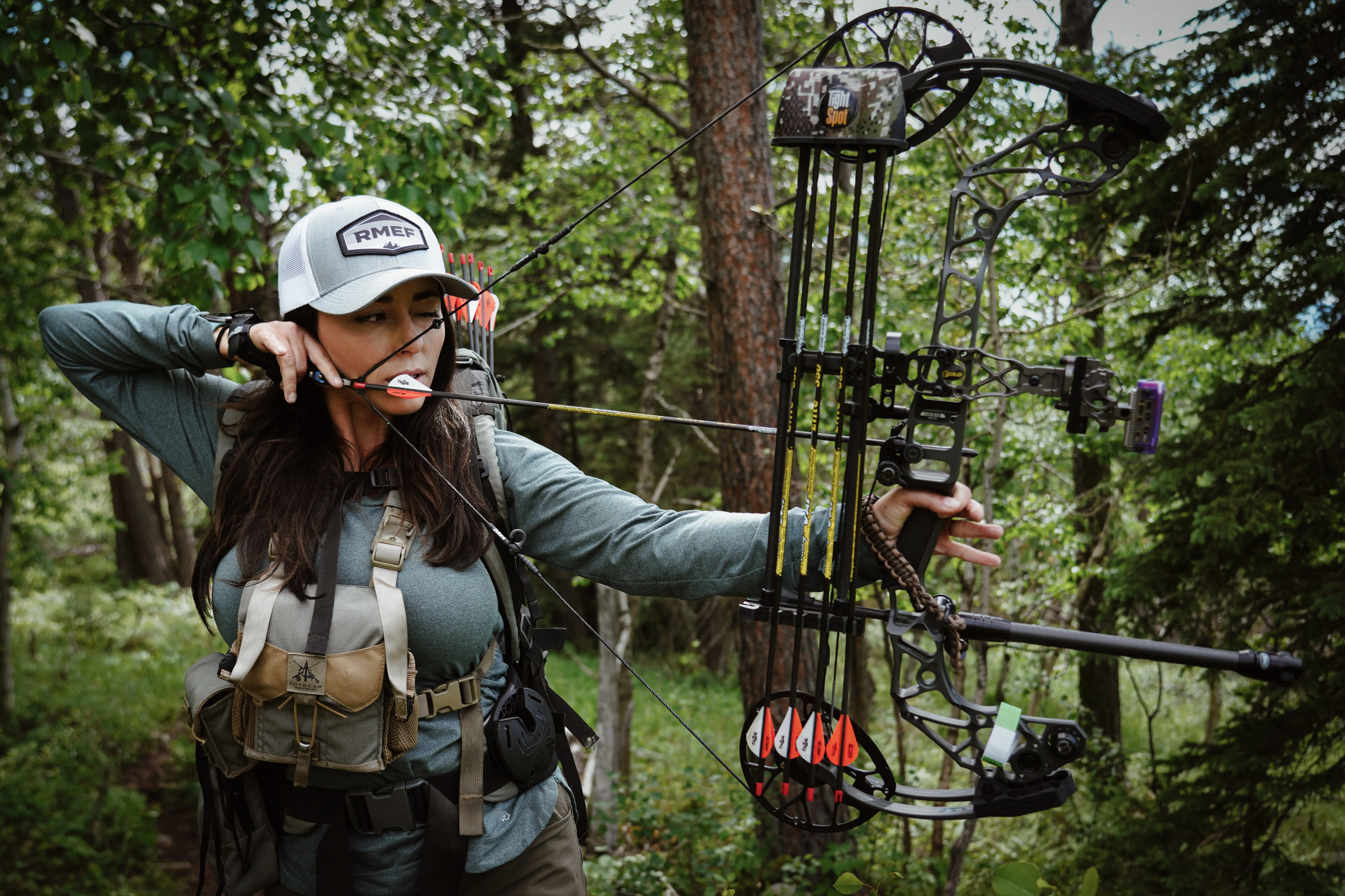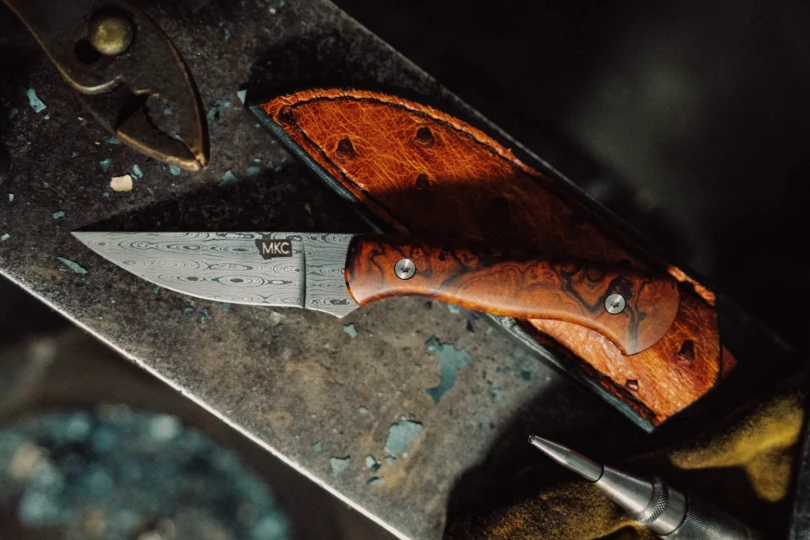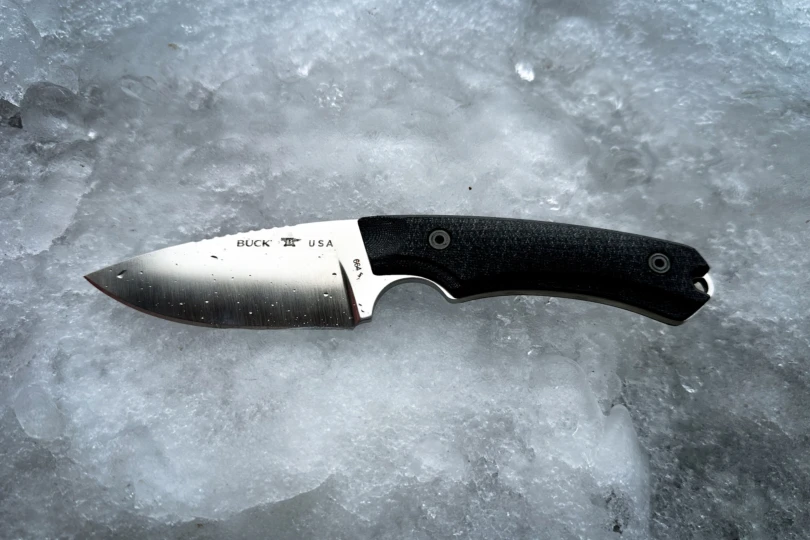There’s something distinctly human about archery. Archers have carried bows for thousands of years. The traditional bow and arrow can be found on just about every continent in every time period since some of the earliest human existence. The bow is a tool that has helped propel humanity forward, moving the species up the food chain. It has also played a central role in human conflicts of the past.
Today, most bows have little resemblance to the bows of yesteryear. The tools have changed, and so have the definitions of what a “bow” really is. From the handmade self bow to the highly technical compound bow, let’s take a look at the categories and types archery equipment.
What Is a Bow?
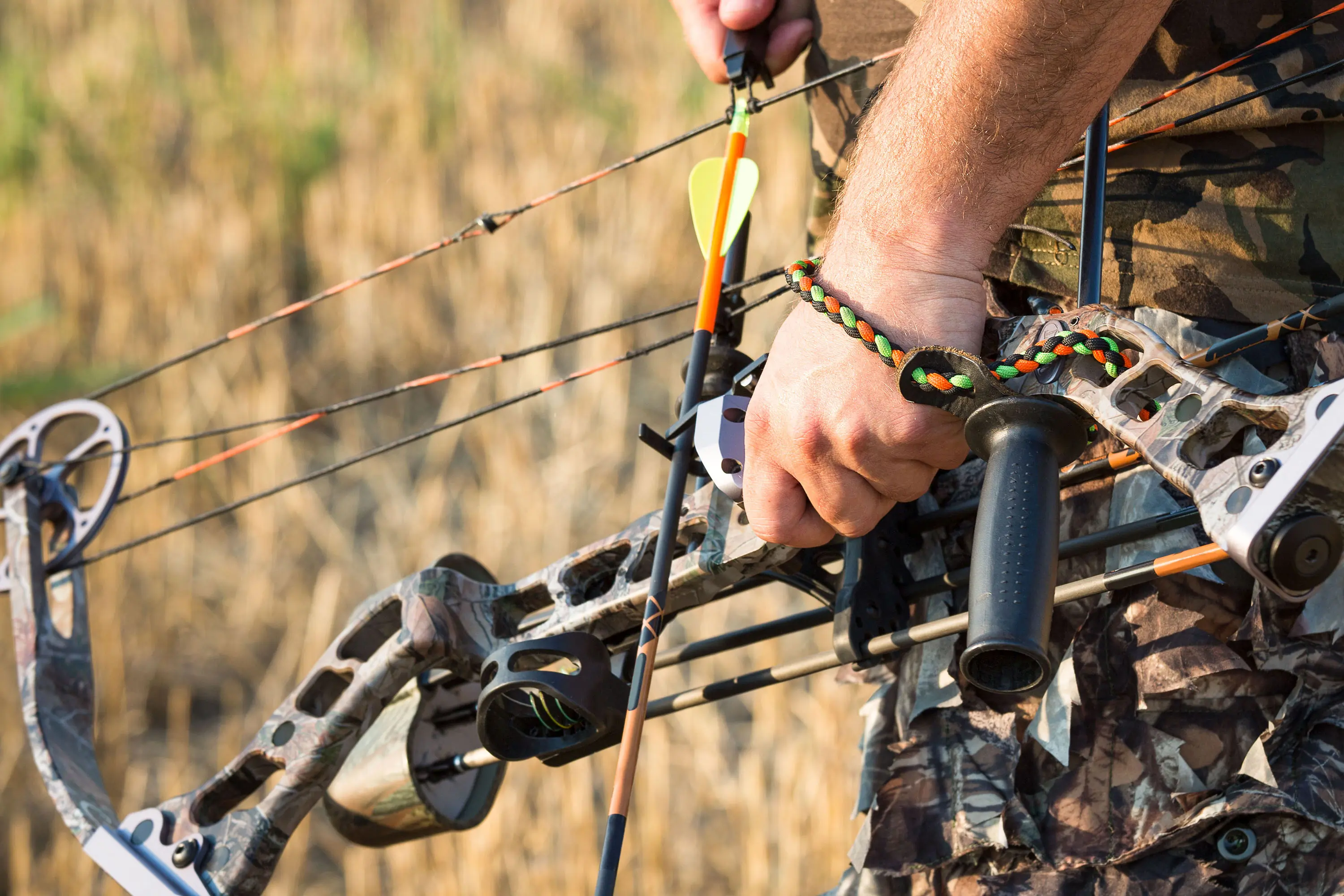
An archery bow is a handheld tool used to shoot arrows. In the most simplistic terms, a bow is a vertically held “stick” of some sort, strung with a taut string, held by an archer unsupported by outside means (without rests, bipods, or stocks).
Where I sit in my home writing this article, I can count 26 bows within reach. I’m not sure how many we have in total, but I do have at least one of every kind of bow discussed in this article. (OK, let’s be honest, there’s more than one of each.)
Parts of an Archery Bow: Riser, Limbs, and String
Bow Riser

The riser is the point where the archer is most centrally connected to the bow. It comprises a handle and holds most other bow accessories, such as sight, arrow rest, and stabilizer.
From being as simple as the middle portion of a long bow (top) to the highly technical handle of a Mathews compound bow (middle) to the artistically intricate riser of a Robertson Howler Bow (bottom), risers vary drastically from bow to bow.
Bow Limbs
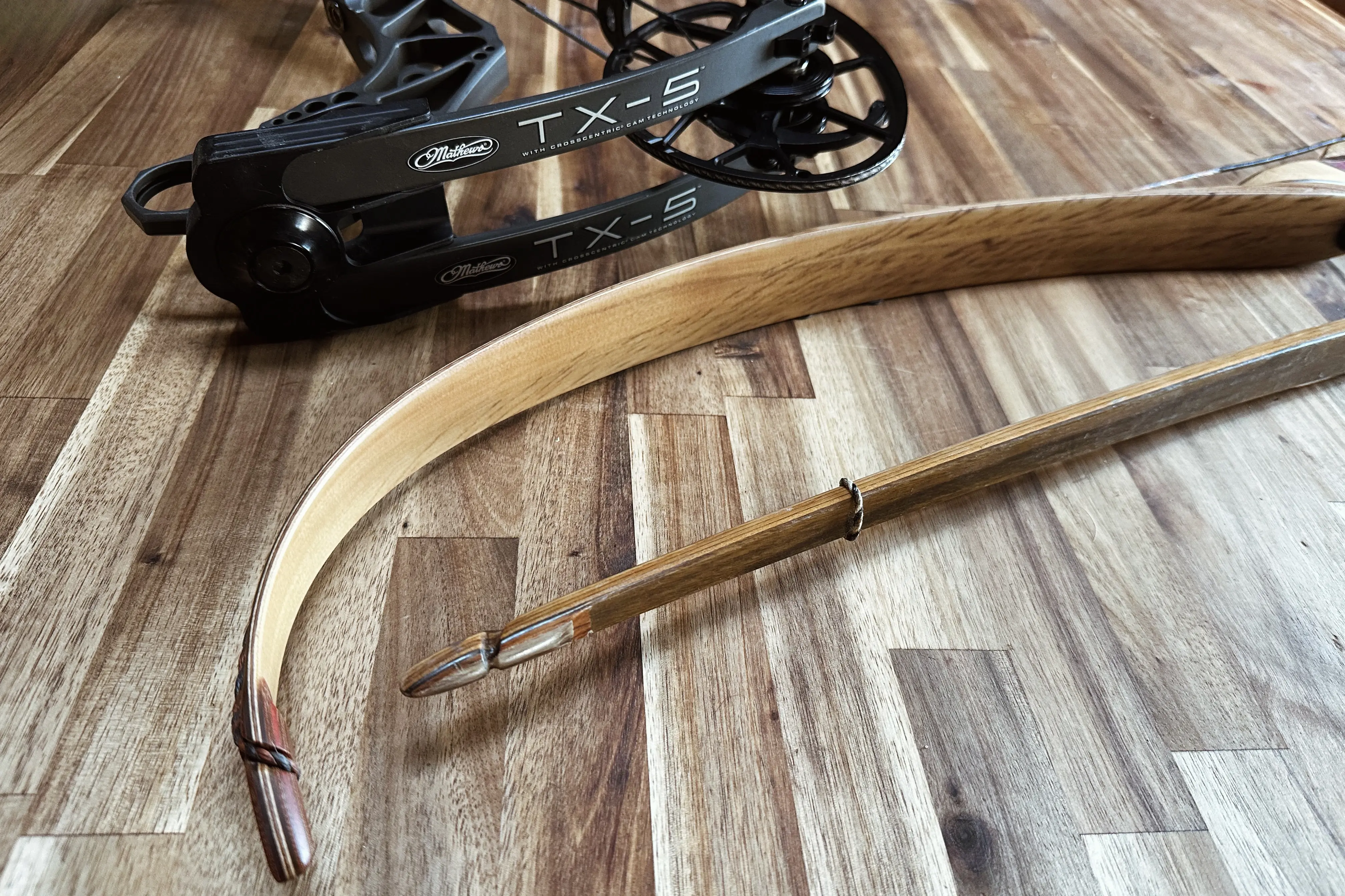



Limbs are vertical extensions that attach to the riser and offer both the power and the attachment point for the bowstring. Depending on which type of bow you shoot, the limbs flex to store the energy used to shoot the arrow and can also be home to a combination of mechanisms used to create/store the bulk of that energy, such as the cams of a compound bow. The limbs also determine the draw weight of the bow.
For traditional archers, the limbs define the weight, flexing more easily or less to control the amount of energy required to draw. For compound bows, the limbs and cams set the weight.
The harder to draw back, the more energy is stored in the bow limb, and the faster/harder the arrow will leave the bow when released.
Bowstring




The bowstring is the connection point to the arrow, and the second connection point to the archer. Bowstrings can be very different, depending on your bow style. They can be as simple as a long string with loops on each end for a traditional bow or a more complex system to account for the pulley system of a modern compound bow.
For those modern bows, the string is also home to the D-loop, a connection point where an archer will nock an arrow and connect a release, and the peep sight for aligning your shot. For traditional shooters, the bowstring typically has a string nock-point (often brass) for the arrow and a thicker string wrap for pulling directly by hand.
Bowstrings also may harbor damping accessories, such as monkey’s tails or beaver balls.
Bow Materials
The materials bows are made of have changed drastically, even in just the past few years. Traditional bows are typically built with hardwoods and resins, while modern bows can use aluminum, carbon fiber, steel, or any combination of modern materials.
Beyond that, archery equipment today can be categorized in a few different ways: activity, technology, and type.
Archery Activity Categories
Recreational Archery
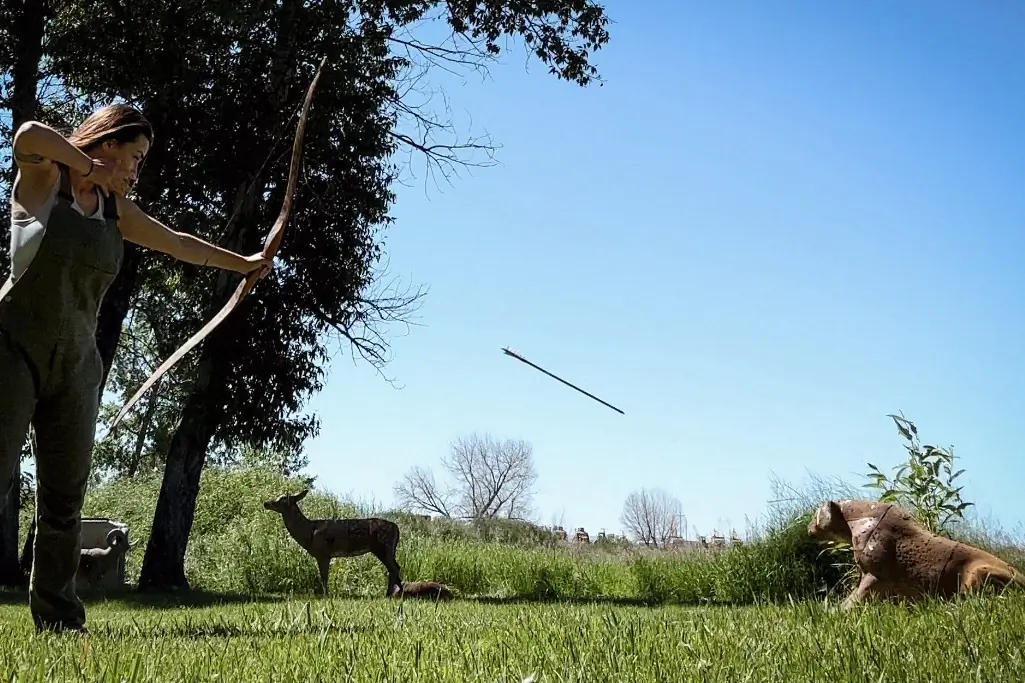



You shoot a bow because it’s fun to do outside on your time off. Maybe you have a few targets in the yard. Maybe you tack a paper plate to a tree. For me, my recreational shooting combines just about all of it. I have a pretty extensive collection of 3D animal targets that I love sending arrows at.
I also enjoy randomly grabbing my Stykbow and shooting judo, hammer, or blunt rubber tips at stumps while hiking. You don’t need any special equipment to enjoy archery recreationally.
Competition Target Shooting
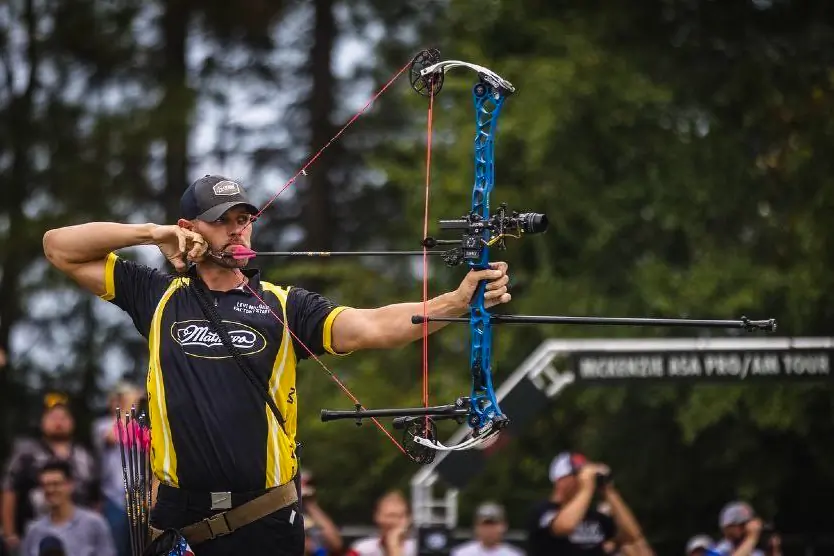



Competition target shooting, like any other competitive sport, often requires significant time and money. Both traditional and compound bows are used for Olympic events. Professional archery shooting in the U.S. outside of the Olympics is huge.
Professional archers can make more than a living if they perform well on a national stage. We “regular folks” also have the opportunity to compete. Most bow ranges and archery clubs have local competitive leagues. If you enjoy recreational shooting, this is a fun next step.
Bowhunting
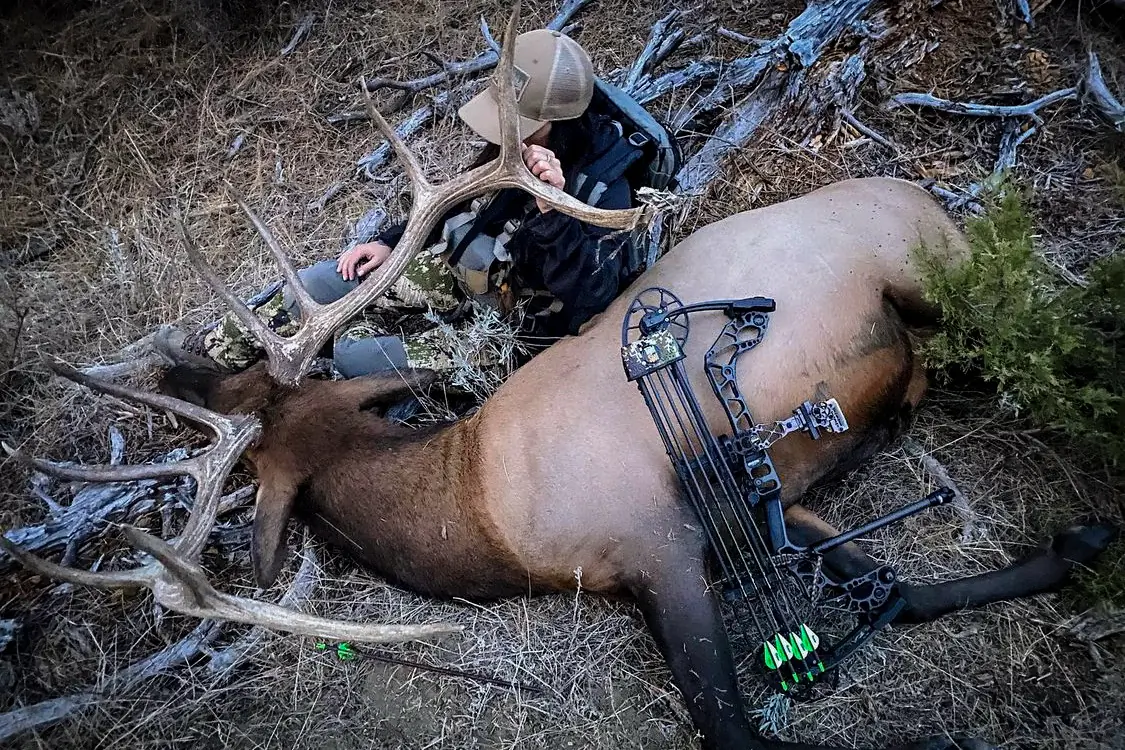



When most people think of archery bows these days, they think of hunting. Most hunters utilize compound bows for this endeavor, and the equipment required is tailored to the pursuit of the hunt. Traditional bow hunters are also plentiful in the field but face additional skill and difficulty level requirements to close the gap between themselves and the wild game.
Archery Technology Categories
Traditional archery: Loosely defined, traditional bows do not utilize cams, pulley systems, or additional shooting aids, such as sights. Three of the four types of bows we’ll discuss fall into the traditional category: recurve, long bow, and self-bow. These styles of bows have varying degrees of limited technology and much more closely resemble bows of the past, thus falling into the traditional category.
Modern archery: We mostly discuss compound bows when discussing modern archery equipment. Compound bows utilize some serious high-tech advancements, including cams, pulley systems, sights, stabilizers, and more.
The 4 Types of Archery Bows
Compound Bows
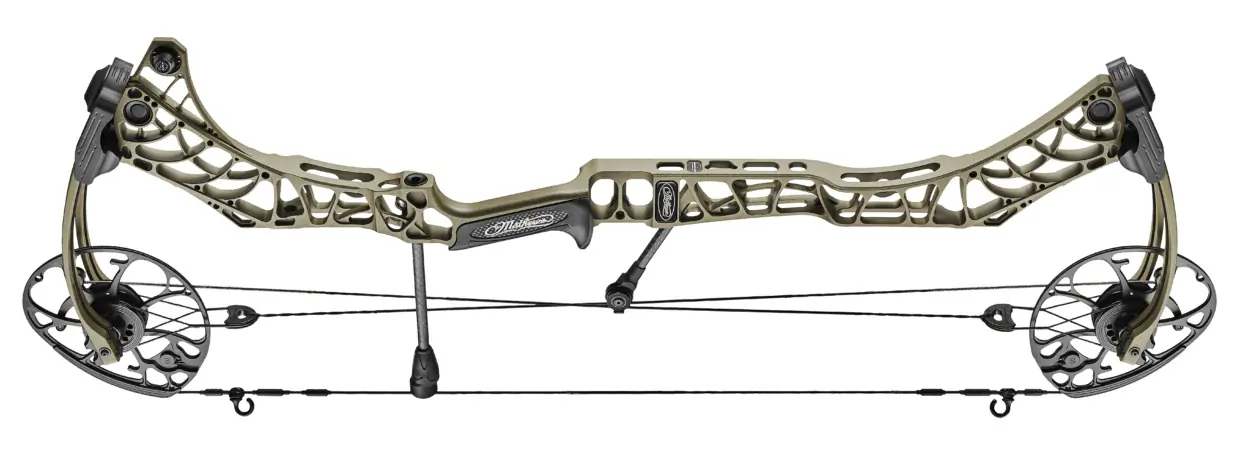



Compound bows use a compound levering system to bend the limbs, thus the name. Most compound bows are constructed with a system of cams and cables. Modern cams, as compared to wheels, are not round but irregularly shaped. This allows the draw weight to be variable, altering the force the archer needs to exert to get to full draw. Compound levering systems multiply the energy that ultimately sends the arrow out of the bow.
Different configurations can be arranged to increase and store maximum energy or increase the archer’s ability to hold longer. The “back wall” of the draw cycle is a hard stop where the bow cannot be drawn any further. On bows with cams designed with greater let-off, an archer can hold at full draw longer without shouldering the full weight of the draw.
Modern compound bows are designed to be outfitted with nearly endless accessories, some of which also give the archer an advantage. Essential accessories like quivers and arrow rests are found on both traditional and modern bows. Compound bows can also add sights and stabilizers, increasing the shooter’s range and efficiency.
This bow style is highly engineered to be more efficient, powerful, accurate, and reach-extending than traditional bows.
Recurve Bows




Recurve bows are the most technically designed traditional bows. The curvature of the limbs stores more energy than the straight limbs of a longbow, giving archers a leg up in the speed/power department.
Recurve bows can be one-piece or breakdown bows, where the limbs can be removed from the riser. Most recurve bows are made of laminated wood and fiberglass, but modern recurves can be made of carbon fiber or aluminum.
Recurve bows are often fitted with a quiver and string vibration dampers.
Because of the curvature, recurve bows can be more compact than a longbow while still delivering the needed energy. This makes them far more preferable for traditional archers in tight quarters, such as a blind, brush, or thick-growth tree stand.
Longbows/Flatbows




Longbows are about as simple as it gets when it comes to bows. They consist of a long, continuous riser/limb configuration strung at both ends with the bow string. Because of their similar setups, accessories, and capabilities, longbows and recurves are often discussed interchangeably as just traditional bows.
Flatbows (as seen above) modernize the longbow a bit, making the limbs even more efficient.
Like recurve bows, longbows can be one continuous piece or built as a takedown bow with removable limbs. I happen to have a hybrid takedown riser that houses both longbow and recurve limbs, allowing me to retain comfort and familiarity with my riser while being able to customize the limbs I want to use.
Self Bows




Self-bows are exactly what they sound like — a bow made by hand, typically made from one piece of continuous wood. These are the most primitive bows and typically take the form of a longbow. The bowyer whittles them from one piece of hardwood, and they typically lack any accessories aside from a string.
Some of the most sought-after woods for self-bow making are hickory, oak, Pacific yew, juniper, ash, elm, mulberry, and osage. I currently have four osage staves drying in my shop, waiting to become bows.
Why Defining & Categorizing Archery Equipment Matters
The definition of what qualifies as archery equipment varies from state to state, but the clear definition matters in ways you may not realize. Defining what is and is not archery equipment, particularly in the hunt space, can drastically affect our opportunities as hunters and the wildlife we hunt.
With continual technological advances, hunters are often more capable in the field. This can mean an increased harvest in archery season, which could ultimately lead to shortened seasons and diminished pre-rut big game species. These are essential factors when deciding what is and is not archery equipment.
Why Crossbows Don’t Meet the Definition of Archery


In look, form, and function, crossbows have more in common with rifles than bows. Modern crossbows are shouldered like rifles and fired with a trigger and bolt. They often have high-tech accessories like advanced optics and can be shot from a prone or supported position.
Though crossbows can be valuable and fun for recreation and hunting, they are their own thing. Many states allow crossbow use in hunting during rifle season only, and some even have designated crossbow seasons. It’s essential to check your state’s current regulations on crossbow use.
Bow Accessories
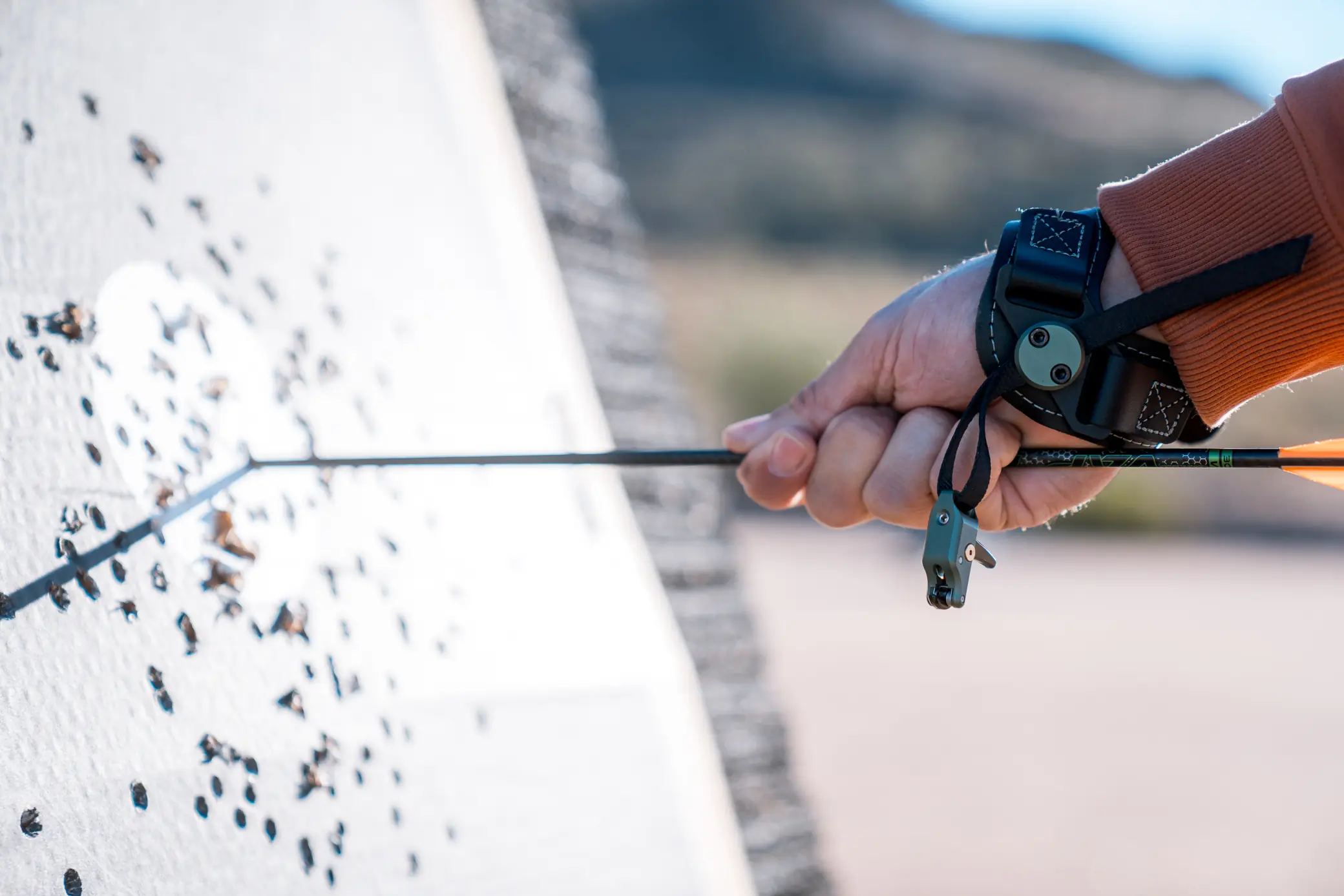



There are nearly endless accessory options for bows.
Releases: The release is an archer’s attachment point to the string. Traditional archers often wear a shooting glove or utilize a tab of leather or fabric to protect their fingers. Compound bow shooters tend to use wrist/index releases or handheld thumb releases that connect to the string with a piece of metal. Finding the best archery release for you will depend on what you’re shooting and will likely require some trial and error.
Quivers: Quivers are where you store your arrows in preparation for shooting. Some quivers are attached to the bow riser, while the archer wears others.
Sights: A bow sight is almost a must-have for a modern compound bow. Traditional shooters tend not to utilize sights. Choosing the best bow sight will come down to budget and preference. You can pay a few bucks for one, while another might cost you several hundred.
Sound dampers: Damping the sound/vibration of the string is critical for hunters, in particular. Traditional bows are typically outfitted with fur dampers like beaver, otter, rabbit, or other fur. They can also use rubber “cat whisker” silencers or other synthetic dampers. Compound bows are typically outfitted with an artificial or rubber damper like a monkey tail.
Arrows and points: Discussing bows without mentioning arrows would be silly, right? Like all archery components, the configuration, parts, and composition of your arrows and points offer endless combinations. Arrow shafts can be made of wood, aluminum, fiberglass, or other synthetic combinations. Fletching can be natural feathers or plastic. Tips can range from broadheads for hunting to field tips, judo tips, or blunt rubber tips for recreation and competition.
What Bow Is Right for You?
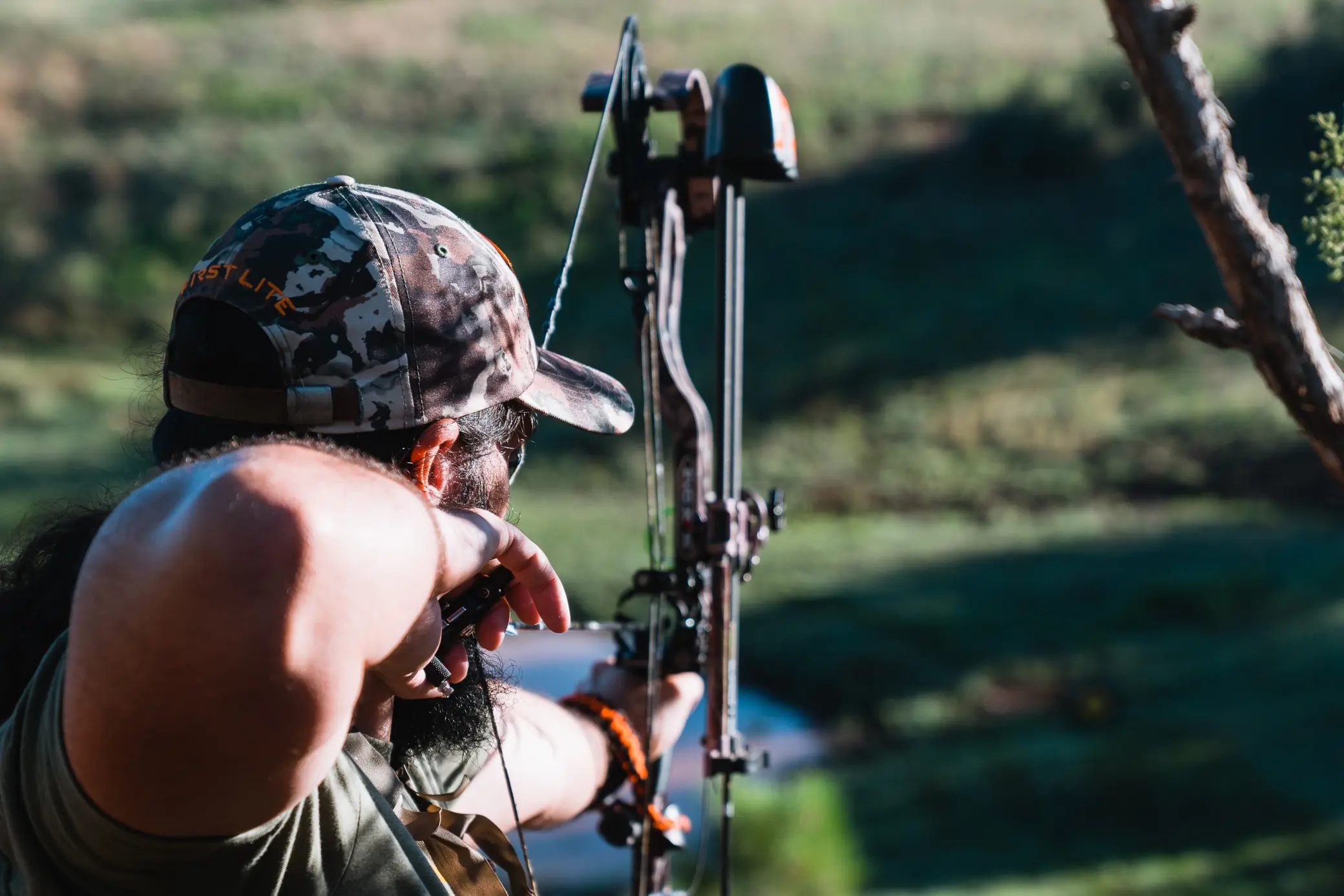



If you’re interested in shooting a bow, you should ask yourself why. If it’s purely for recreation, you can buy an all-inclusive turnkey kit online and quickly shoot in your backyard. Traditional bows are pretty beginner-friendly and less intimidating for a recreational shooter. They are also a great starting point for kids. A Sammak Sage is a great place to start if you’re interested in an entry-level bow that is good quality and will likely last a lifetime.
If you plan to hunt, there are many more variables to consider, and it’s best to get into your local bow shop and have the experts set you up with a bow that’s right for you. You can research bows until the cows come home, but until you hold a few in your hand and figure out what weight you’re comfortable shooting, you’ll research yourself in circles (and possibly waste a ton of money doing it).
Most bow shops are happy to get you into the shooting range and help you decide which is best for you.
